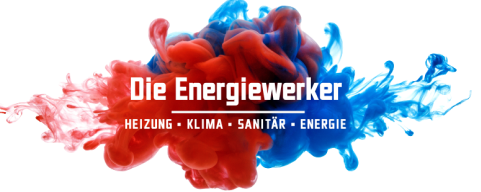Photovoltaics
We primarily source our photovoltaic systems from our preferred manufacturers Hanwha (Q-Cells), SMA, and Enphase, depending on the specific use case. These manufacturers are known for their highest efficiencies and excellent price-performance ratios. When selecting manufacturers, we consider your individual roof and building characteristics. If needed, we utilize microinverters to maximize yield in kWp per invested Euro. In addition to performance efficiency, our selection criteria include IoT-based control, durable material quality, and safety certifications
Power storage
In selecting the appropriate electricity storage solution, we evaluate your specific capacity requirements in kWh, as well as the necessary charging and discharging capabilities based on historical load profiles of your property along with the performance of your photovoltaic system. Currently, we primarily rely on storage solutions from LG and Enphase, which offer a long lifespan of approximately 5000 charge cycles, resulting in a high probability of amortization. We are also happy to advise you on innovative storage solutions based on sodium or redox flow batteries that are currently gaining market readiness.
Charging station
In general, we recommend the installation of smart wallboxes from Zaptec and Easee, which seamlessly integrate with the components of your home energy management system. This enables photovoltaic surplus charging with phase shedding, demand-dependent charging distribution for multiple vehicles, and even the transfer of energy from the car back to your home grid (Vehicle-to-Grid). Safety features such as RFID key cards for user authorization and complete IoT integration are also included, of course.
Energy management
The energy management system of your home is the brain that connects and controls all smart components of your energy system. The selection of the right system depends on your specific budget, requirements, expansion stage and maturity of your energy system. We recommend the use of IoT platforms such as ioBroker, Home Assistant, or dedicated energy management systems (EMS) like the Solar Manager based on a Raspberry Pi, allowing various components to be connected manufacturer- and protocol-neutral in one platform.







